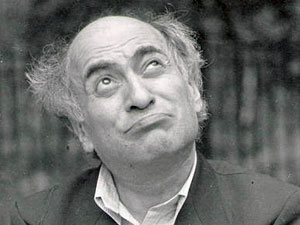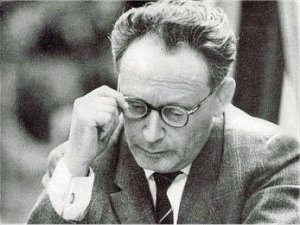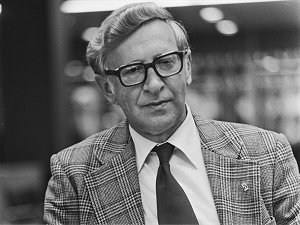Game 1: Mikhail Tal

With his bold sacrifices, stunning tactical ideas and brave attacks Mikhail Tal inspired and delighted countless chessplayers, even though some of Tal's sacrifices were not entirely correct when seen in the cold light of later analysis. But playing a game with the clock ticking and analysing in quiet and without pressure is simply not the same. And even if some of Tal's sacrifices might have been objectively unsound a lot of his opponents were just not able to solve the problems Tal posed them at the board.
The following game against the Hungarian Grandmaster Istvan Bilek is a typical example. After the opening Tal soon sacrifices a pawn because he does not want to be pressured positionally. This pawn sacrifice quickly leads to a double-edged, tactically complicated position. Objectively, White had an advantage and modern engines do indeed find the moves White had to play to prove this advantage. However, Bilek failed to do so and Tal once again won a nice, though slightly flawed game.
To find out who played a certain game when you see only the bare moves is more difficult than it might seem. Often, the "typical" characteristics of a player are only seen after you know who played. However, ChessBase readers seem to know their chess history. 62% of all those who were bold enough to dare a guess correctly thought that this game was played by Tal.
On this DVD Dorian Rogozenco, Mihail Marin, Oliver Reeh and Karsten Müller present the 8. World Chess Champion in video lessons: his openings, his understanding of chess strategy, his artful endgame play, and finally his immortal combinations.
Game 2: Mikhail Botvinnik

In life and at the chess board Mikhail Botvinnik was the opposite of Mikhail Tal. Garry Kasparov, the most successful student of Botvinnik's chess school, writes about his former teacher and trainer: "Mikhail Moiseevich Botvinnik (August 17, 1911 – May 5, 1995) was undoubtedly one of the greatest champions, a genuine innovator who created an entire era in chess. His style was one of deep strategy, based on serious opening and psychological preparation, fine technique and accurately regulated positional and combinative decisions." (Garry Kasparov, My Great Predecessors, Part II, Everyman 2003, p. 111)
In contrast to Tal who enjoyed the irrational, playful elements of chess, Botvinnik adhered to a scientific approach. He searched for principles in chess (and in life) and in his games he tried to find rational and logical solutions to the problems each position posed.
One example for this approach which favours strategy over tactics is a game Botvinnik played against the Yugoslavian Grandmaster Svetozar Gligoric. White makes no obvious mistakes but is strategically outplayed and loses without any chance.
Botvinnik played this strategic masterpiece in 1967, at the end of his chess career. However, his style clearly came through: 44% of those who voted favoured Botvinnik as the winner of this game.
Game 3: Max Euwe

"He is a tactician, who has decided at any cost to make himself a good strategist." (Quoted in Kasparov, My Great Predecessors, Part II, p. 9) This is what Alexander Alekhine said about Max Euwe and the following game in which Euwe won against Salo Flohr confirms Alekhine's observation. With good opening knowledge and solid strategical play Euwe secured a slight advantage and a comfortable position. But when he sees the chance to attack the enemy king he burns all his bridges behind him and wins thanks to a very sharp eye for tactics.
Max Euwe is the only amateur among the 16 World Champions and his playing strength is often underestimated. Maybe his games and his style are less well-known but still no less than 32% of the voters correctly thought that Euwe had played this game.
Game 4: Vassily Smyslov

In his book, My 130 most beautiful games from 1938 to 1984, Vassily Smyslov does not only show his games but also talks about his style: "Even in my first tournament games I did not mind entering an endgame because I knew the technique of realizing an advantage. Therefore, I never unnecessarily sharpened the game and I did not search for spectacular moves but simply played what the position 'needed'. I tried to understand the position and searched for a move that suited my plan." (Meine 130 schönsten Partien von 1938-1984, Heidelberg 1988: Schachverlag Rudi Schmaus, p.12)
The following game against Paul Keres is one example for the effectiveness of this approach. While White loses a lot of time trying to find good squares for his knights, Smyslov does not force anything but quietly improves the position of his pieces. When the time has come he proves his tactical skills with a sudden assault on the enemy king.
Of the four games presented, this game turned out to be the most difficult to ascribe. 25% of the voters correctly opted for Smyslov, 32% thought that Tal was playing with Black.
Part 3 of the Exercises in Style will follow shortly.
See also



























